There’s something captivating about black and white birds that sets them apart from their colorful counterparts.
Maybe it’s their crisp contrast or their striking patterns, but one thing is for sure: these birds are anything but ordinary.
Whether you’re an avid birdwatcher or simply appreciate the beauty of nature, you won’t want to miss this comprehensive guide to the 16 types of black and white birds.
From the charismatic White Breast Nuthatch to the elusive Black Phoebe, each species has its own unique story to tell.
So, let’s take flight and explore the fascinating world of black and white birds.
| Image | Name |
|---|---|
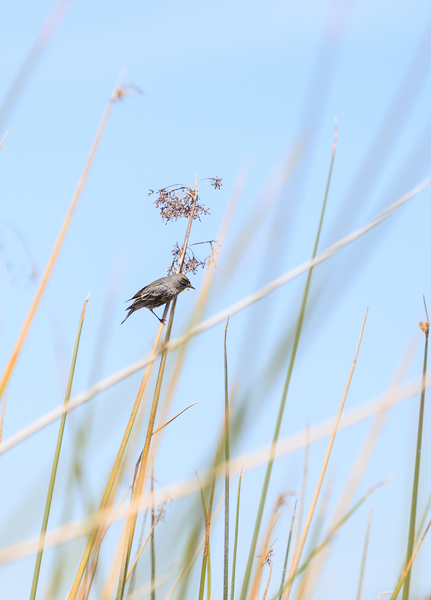 | Yellow-rumped Warbler |
 | White Breast Nuthatch |
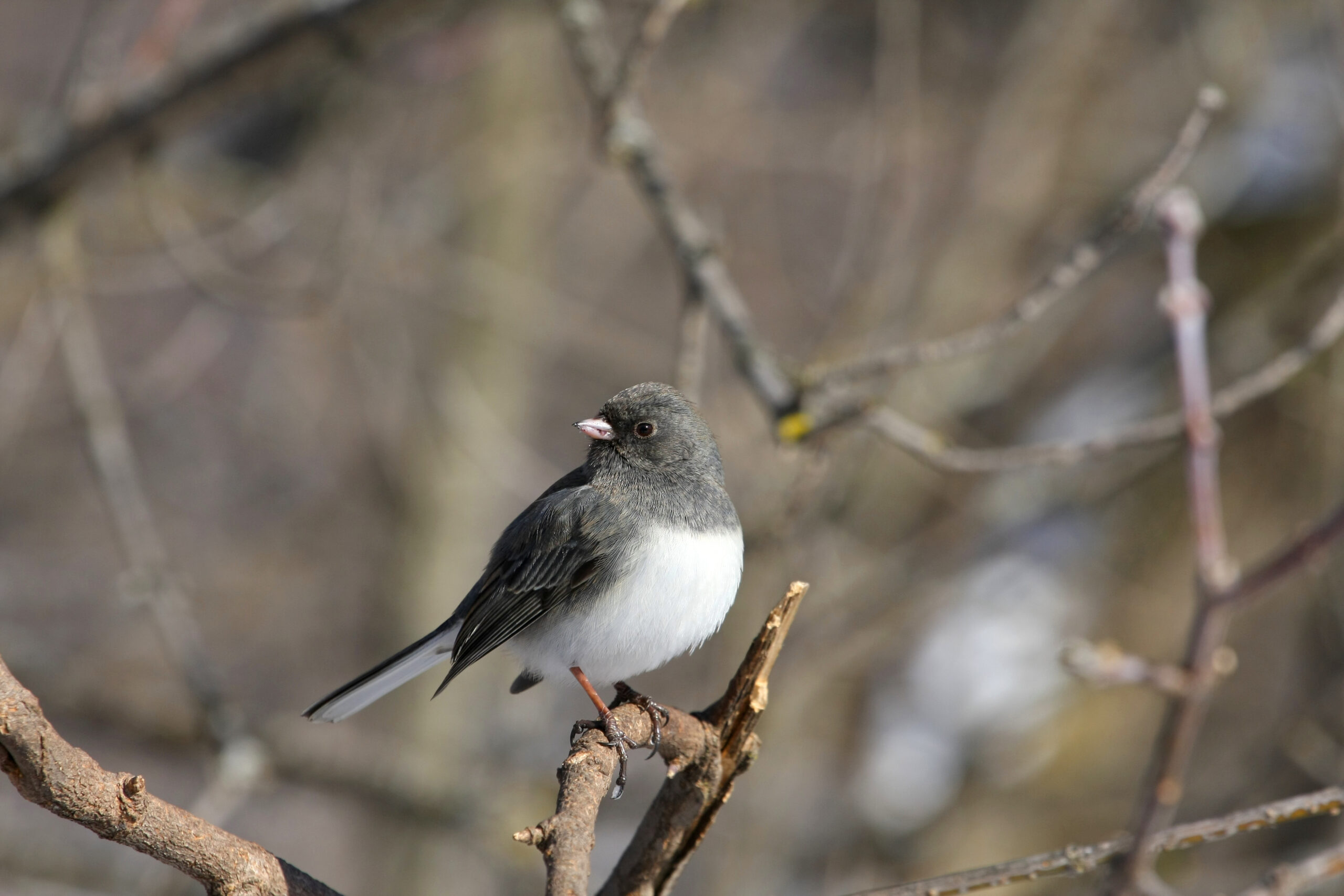 | Dark-eyed Junco |
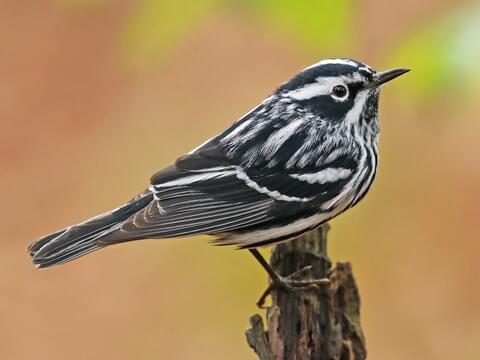 | Black-and-White Warbler |
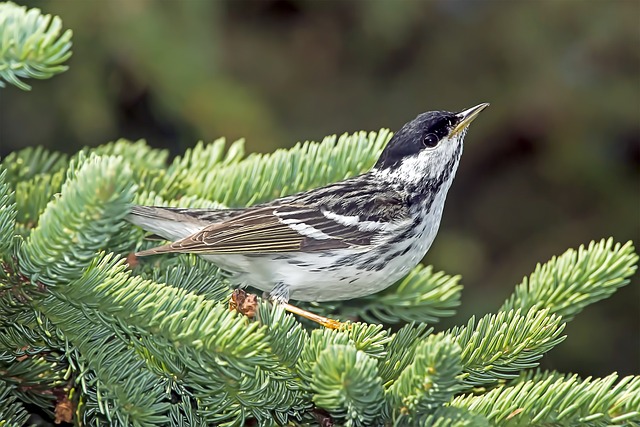 | Blackpoll Warbler |
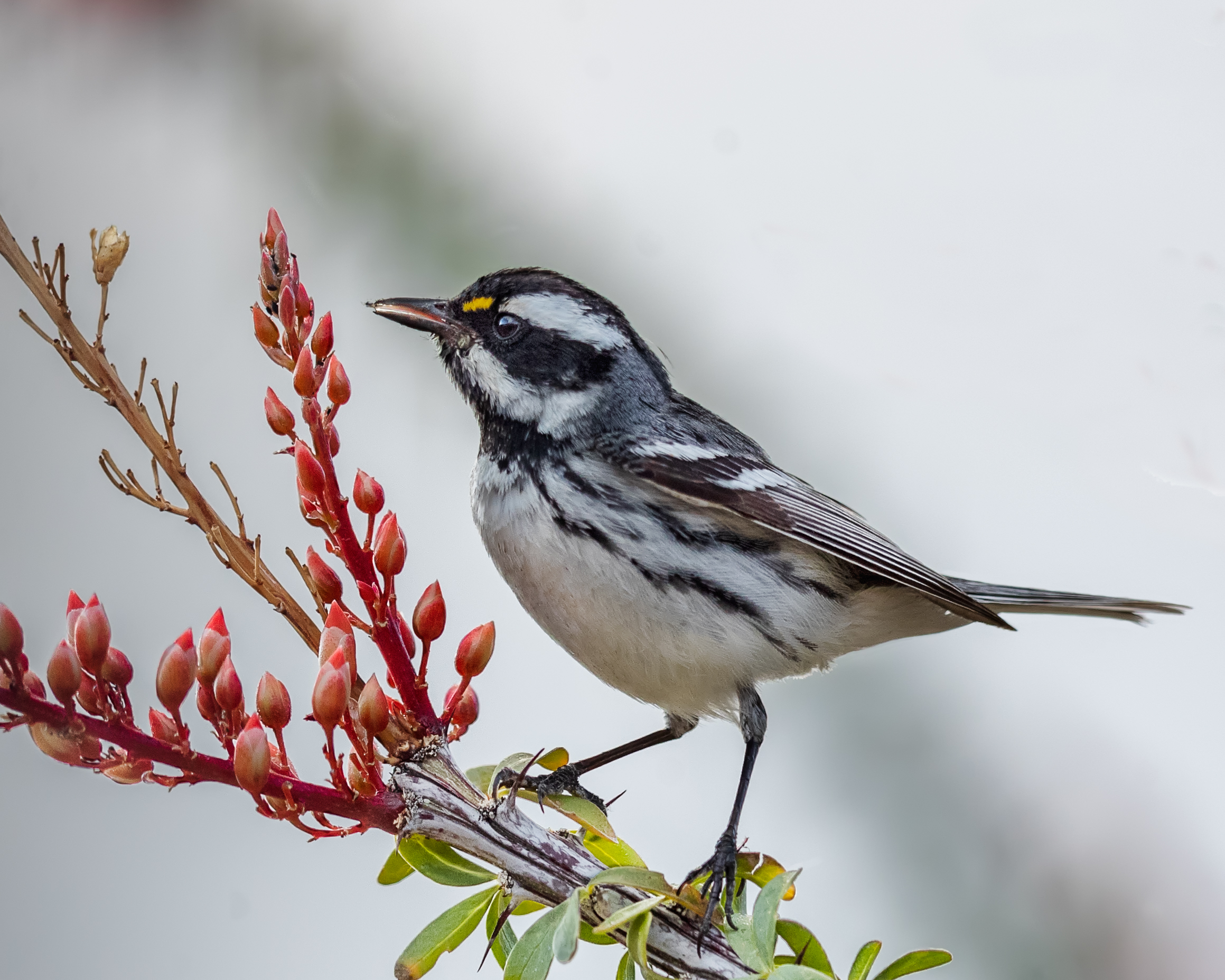 | Black-throated Gray Warbler |
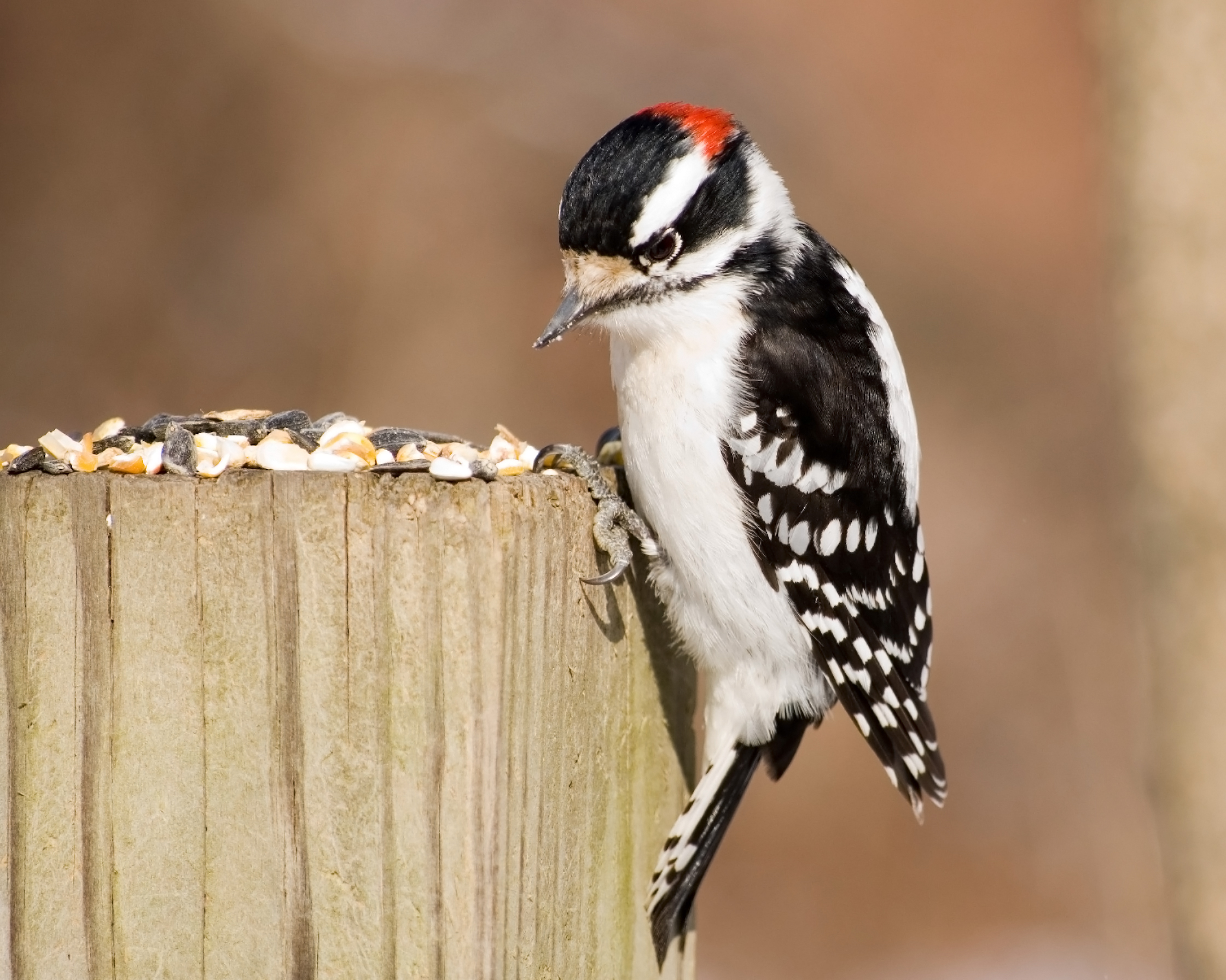 | Downy Woodpecker |
 | Red-bellied Woodpecker |
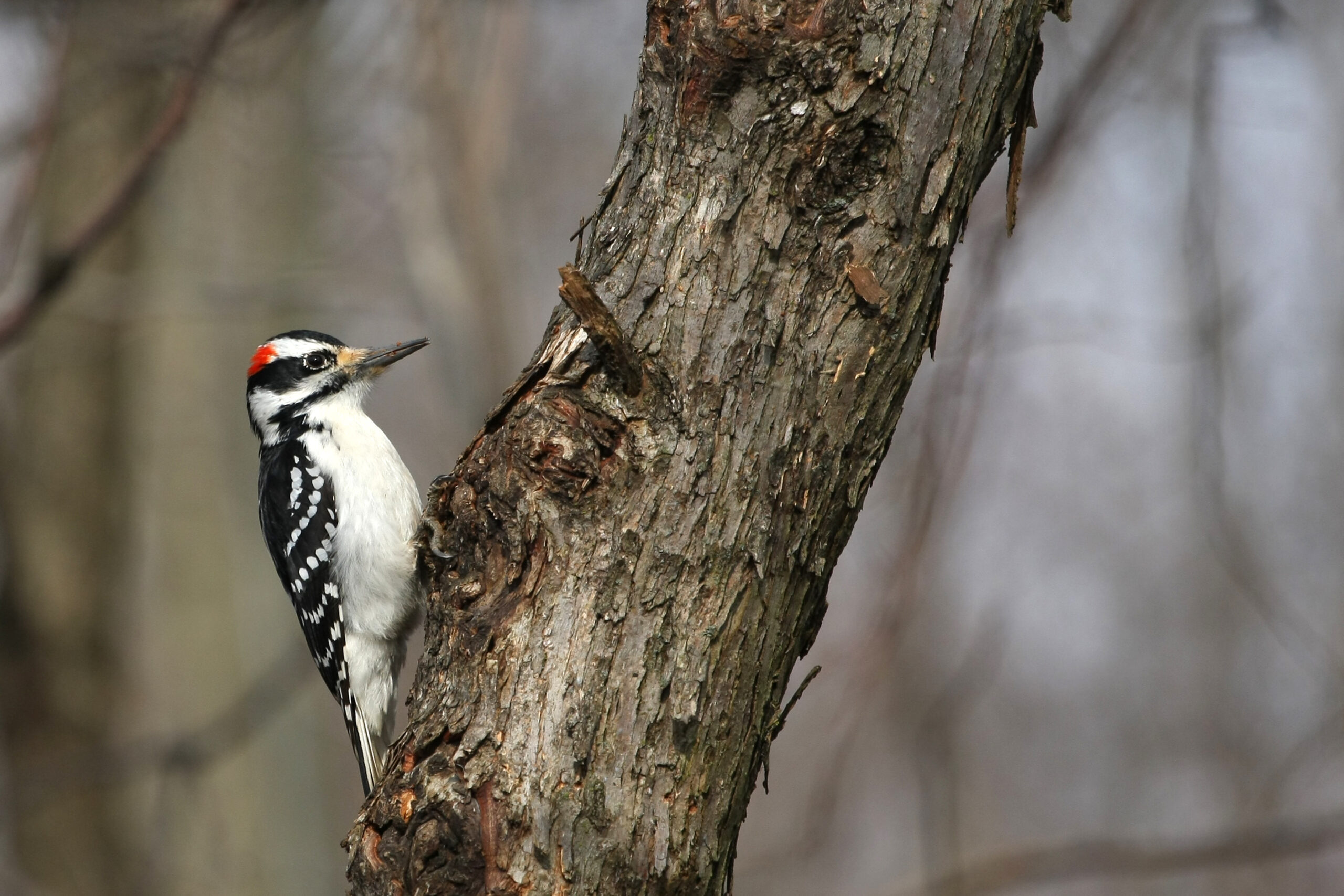 | Hairy Woodpecker |
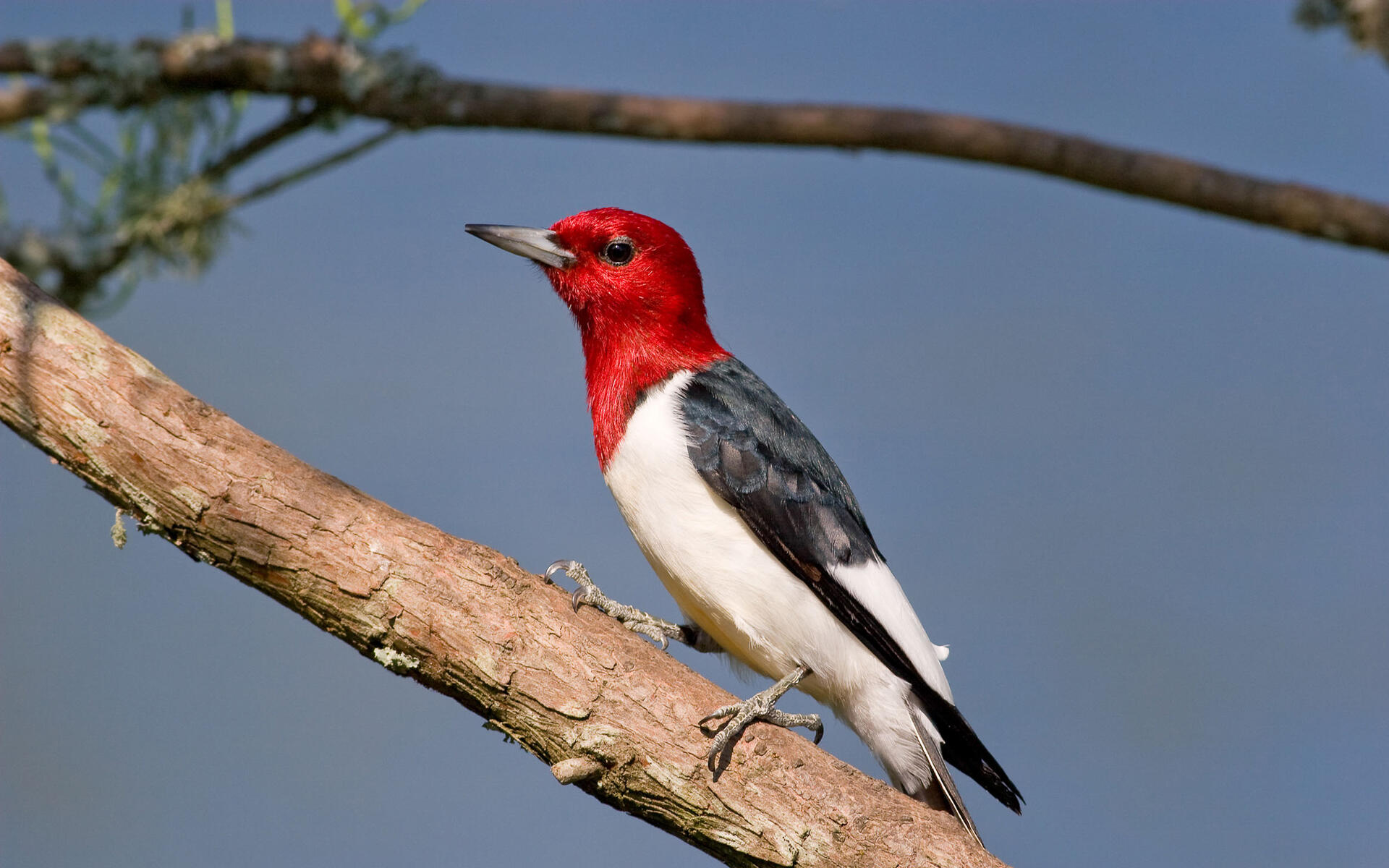 | Red-Headed Woodpecker |
 | Northern Flicker |
 | Pileated Woodpecker |
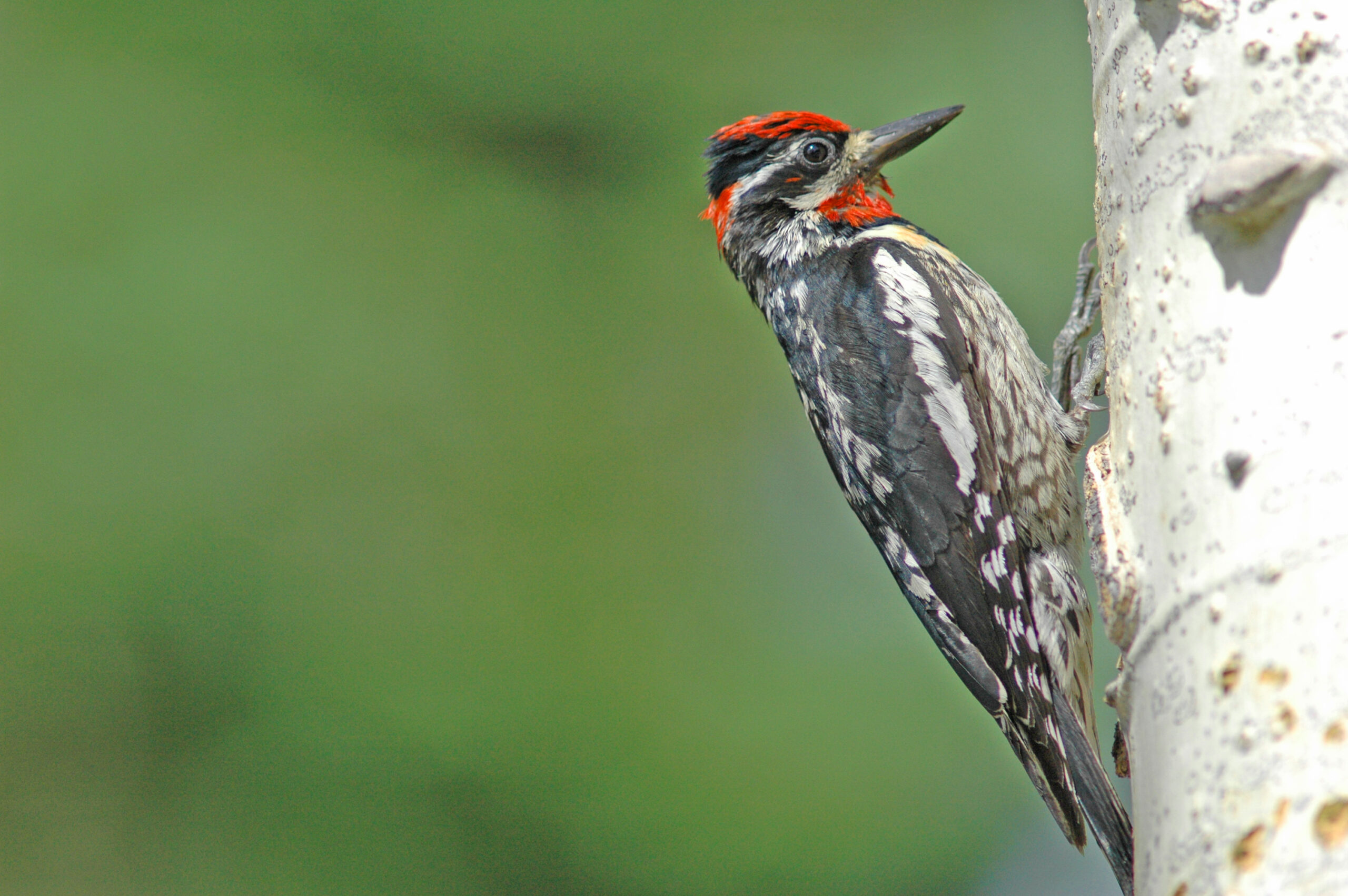 | Yellow-bellied Sapsucker |
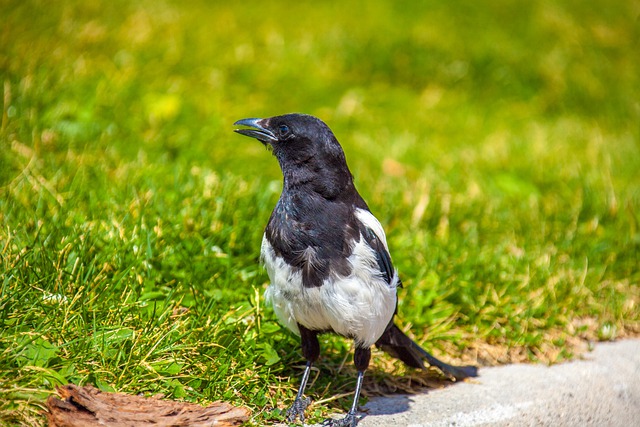 | Black-billed Magpie |
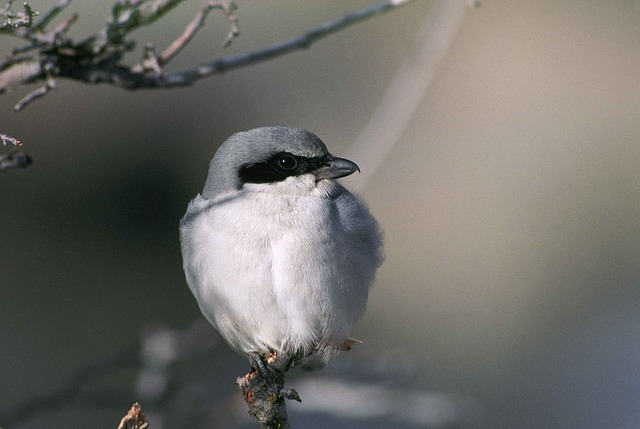 | Loggerhead Shrike |
 | Black Phoebe |
Types of Black and White Birds
1. Yellow-rumped Warbler

The Yellow-rumped Warbler is a grey bird having black streaking and a white underbelly.
They possess white in their wings and streaks of yellow on the back, face, and sides of their bodies.
Females may have a hint of brown, and throughout the winter, the males have brilliant yellow sides and rumps, while the females have a more muted brown.
In the spring, the males regain their vivid grey and yellow coloring.
After spending most of their time reproducing across Canada, they travel south in vast numbers, passing through the majority of the central and southern states, as well as along the Pacific Coast, before entering Central America and Mexico.
During the mating season, Yellow-rumped Warblers may be discovered in coniferous woods.
During the winter, however, they prefer open regions with fruiting shrubs.
During the summertime, they consume mostly insects; during migration and during the winter, they consume primarily notably bayberry, fruit, and wax myrtle.
Sunflower seeds, suet, raisins, and peanut butter are some things you may put out in your garden to entice Yellow-rumped Warblers.
2. White Breast Nuthatch

Nuthatches with white breasts are small energetic grey, black, and white birds.
They have a black helmet, a black and grey pattern on the rear of their bodies, and white bellies.
It is common to see a chestnut tint on the lower abdomen and beneath the tail of these animals.
Nuthatches with white breasts are widespread in many parts of southern Canada and the United States.
In addition to bird feeders, they frequent woodland borders, deciduous woods, gardens, and parks with trees.
The majority of their diet consists of different kinds of insects, such as beetles and their larvae, spiders, caterpillars, and even ants.
Sunflower seeds, hawthorn berries, acorns, and even maize crops may be found in the diet of white-breasted nuthatches. They also consume nuts and seeds.
They push huge nuts and acorns into the bark of trees and then use their bills to crack them open or “hatch” them so the seeds may fall out.
Putting sunflower seeds and peanuts in suet or tube feeders can encourage numerous White-breasted Nuthatches to visit your garden.
3. Dark-eyed Junco

Juncos are a kind of sparrow that may have a variety of colorations depending on where they live.
In the east, they have a coloration similar to slate, however, in the west, they might be black, white, or brown.
They are widespread over the globe and may be found in a variety of habitats, including open and partly forested regions, and commonly on the ground.
Some remain permanent residents throughout the year in the Appalachian Mountains and the western United States.
During the winter, those that spend the summers breeding across Alaska and Canada may be found in the southernmost states of the United States.
A wide selection of seeds, like millet, nyjer, peanuts, cracked corn, and sunflower seeds, will help increase the number of Dark-eyed Juncos that visit your yard feeders.
The most effective feeders are those mounted on platforms or spread on the ground.
4. Black-and-White Warbler

The striped pattern of the Black-and-white Warbler makes it extremely simple to recognize these birds due to their unique look.
Males are distinguished from females by a thicker, more extensive black patch that extends over both cheeks and eyes, as well as by a blacker overall coloration.
The wintering grounds of the Black-and-white Warbler include the Gulf Coast and Florida, as well as Baja California, southern Mexico, South America, and the Caribbean.
They migrate all across the southern United States and along the Canadian border from west to east as they make their way north during the spring season.
It is simple to detect them as they jump about on tree branches and trunks in search of insects.
5. Blackpoll Warbler

Male Blackpoll Warblers have a black crown on top of their white and black plumage.
In the late summer, they change their appearance dramatically, becoming yellow and having darker streaks on the back.
In the autumn, Blackpoll Warblers migrate back without truly halting to their winter haunts across the Caribbean and South America.
Blackpoll Warblers nest throughout Canada, and in the springtime migration, they may be observed in the Eastern United States.
They continue traveling without stopping all the way across the Atlantic Ocean.
Blackpoll Warblers consume insects and spiders largely, although, in the autumn, they may also eat fruit like pokeberry and honeysuckle.
Their primary food source is spiders.
6. Black-throated Gray Warbler
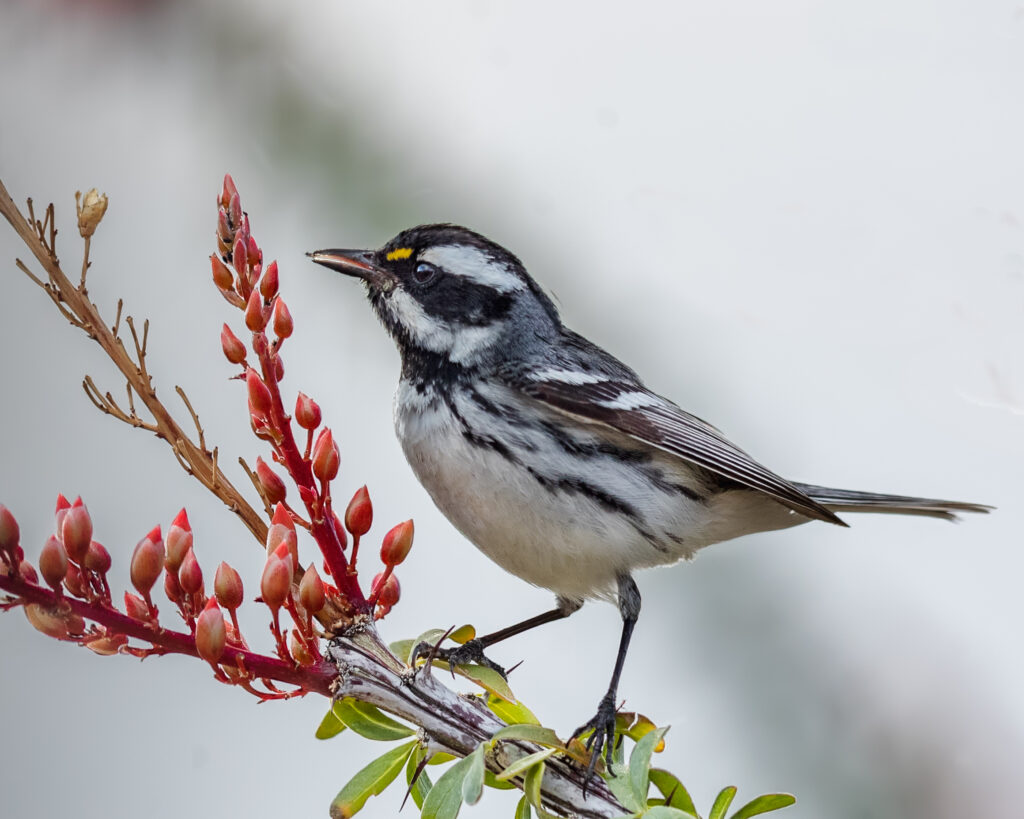
A warbler has white and black streaks, a grey back, and a yellow mark ahead of the eyes.
More black may be seen on the necks of males.
Breeding occurs in western states of the United States and along the coast of British Columbia for the Black-throated Gray Warbler, however, they spend the winter in Mexico.
They may be spotted foraging for insects on the branches of trees and bushes in wooded areas.
7. Downy Woodpecker

The Downy Woodpecker is the tiniest species of woodpecker that may be found across North America.
In spite of the fact that it is physically extremely similar to the Hairy Woodpecker, it is about a third smaller than other woodpeckers and has a smaller beak.
At bird feeders, the Downy Woodpecker is the species that is most likely to be seen because it is the most frequent.
The Downy Woodpecker has a striped pattern of white and black, and although it is predominantly black, it has a white patch on its back.
In addition, males have a red patch mostly on top of their heads behind their ears.
Bird feeders in the garden often attract the attention of Downy Woodpeckers.
They make a sound that is similar to a high-pitched pik and a call that is pitched lower, and they are very active, making them entertaining to watch.
In the holes of dead trees, Downy Woodpeckers build their nests and lay about 3 to 8 tiny, white eggs measuring 0.8 inches in length.
Insects, particularly acorns, nuts, insect larvae, grains, and berries, are some of the foods that are consumed by downy woodpeckers.
They have been known to consume nectar from hummingbird feeders on occasion.
Smaller woodpeckers, like Downy Woodpeckers, benefit greatly from having an upside-down suet feeder.
This type of feeder shields the birds from the elements and discourages aggressive behavior from larger birds.
The most cost-effective method of purchasing suet cakes is to do so in the form of a bulk pack.
In addition, black oil sunflower seeds entice a greater number of Downy Woodpeckers to visit your garden.
If you put these seeds in a feeder that combines suet and a hopper, you can provide food for two different kinds of birds at once.
8. Red-bellied Woodpecker
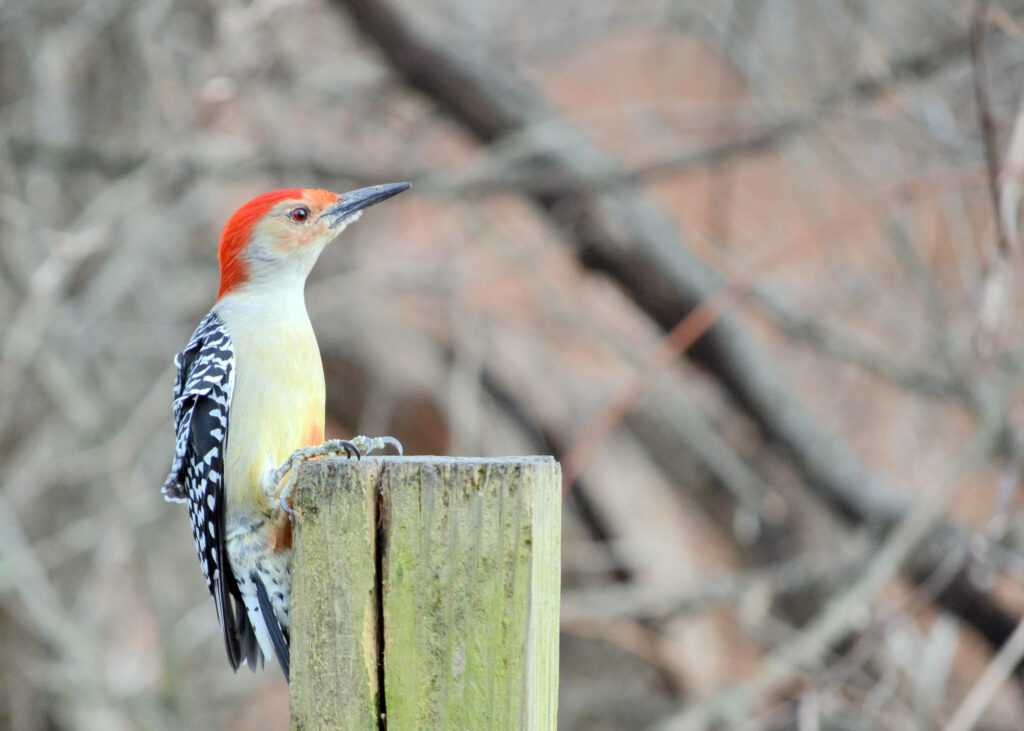
It is possible to confuse a Red-bellied Woodpecker with a Red-headed Woodpecker due to the fact that both species possess red hats, but the Red-bellied Woodpecker is significantly smaller.
Only the napes of females exhibit the distinctive red coloration seen in males.
They possess a very whitish-red abdomen that is often difficult to see.
They all share the same characteristic pattern of white and black across their backs.
Bird feeders are a good place to look for red-bellied woodpeckers, particularly if you live in an area with a lot of trees nearby.
They have a unique and powerful rolling cry, and because of this, you can frequently hear them prior to actually noticing them.
Spiders, insects, and seeds from grasses, nuts, and fruit make up the majority of the diet of red-bellied woodpeckers. Nestlings are a potential food source for them as well.
They do so in trees that have died, and they often reuse the same nest each year.
On a nest of wood chips, they will hatch four to five white eggs.
The tongue of the Red-bellied Woodpecker extends two inches beyond the end of its beak and is sharp at the tip.
This, in conjunction with the sticky spit that they produce, assists the bird in capturing prey from deep crevices.
Although they are most often encountered in the eastern United States woods and rainforests, red-bellied woodpeckers may also be observed at bird feeders.
9. Hairy Woodpecker
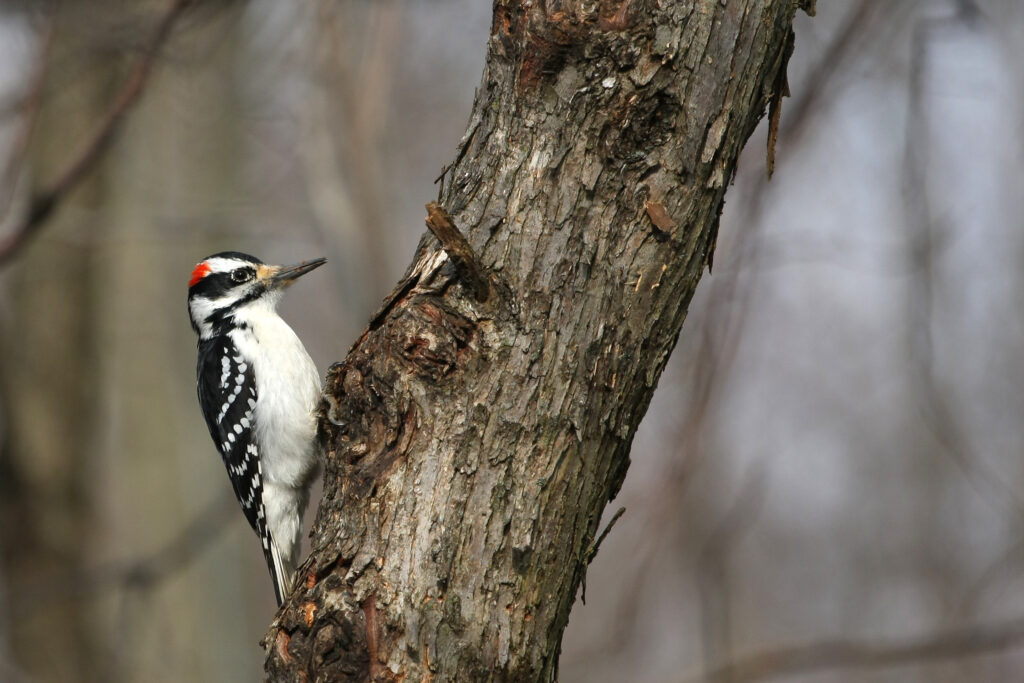
These woodpeckers are about the size of a crow and possess a huge white spot on their backs in addition to a white and black patterning.
A flash of red may be seen on the tops of the males’ heads toward the rear.
It is bigger than the Downy woodpecker, which it resembles in appearance.
It is difficult to tell them apart because they are frequently discovered in the same regions.
They are robust little bird that produces a whinnying noise or powerful peak sounds, and they may be observed at garden feeders.
The majority of a Hairy Woodpecker’s diet is comprised of insects, including bark beetles, beetle larvae, and ants; however, these birds will also consume spiders, bees, moth pupae, caterpillars, and millipedes.
This species of woodpecker builds its nest in the hollow of dead trees or dead parts of trees, where it lays between three and six eggs that are white in color.
You may discover Hairy Woodpeckers in wooded areas, perching on the trunks or main branches of huge trees.
However, you can also discover them in a broad range of other environments, such as cemeteries and parks, in addition to woodlots.
10. Red-Headed Woodpecker
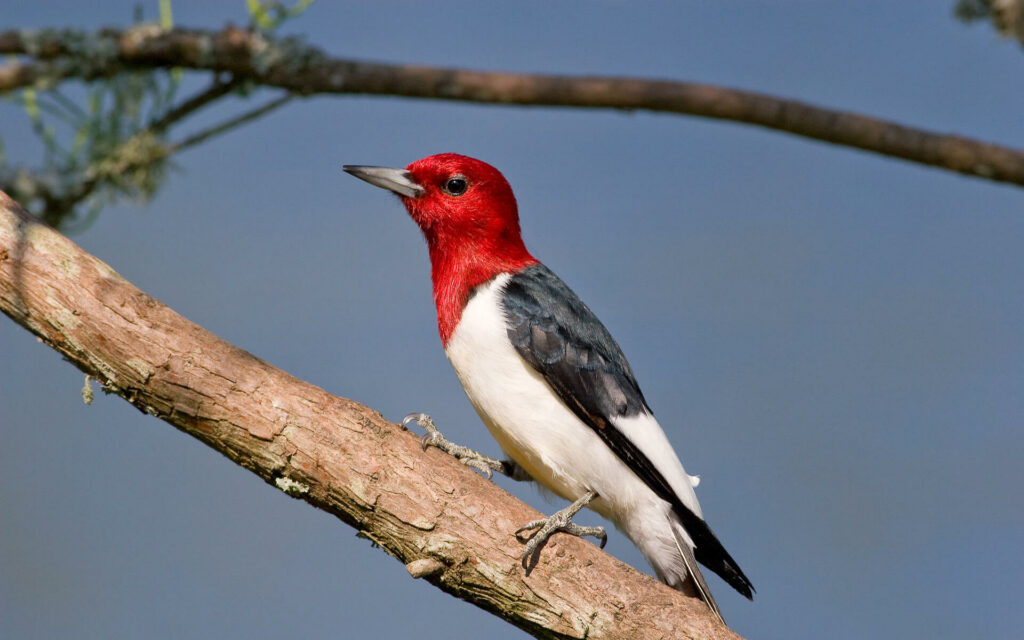
These particular woodpeckers are among those that are the least difficult to recognize due to the prominent white and black patterns on their bodies and heads.
Woodpeckers with red heads are around the size of crows and have strong beaks that are shaped like spikes.
Their undersides are white, their backs are black, and they possess huge white bars on their wings. Their tails are short.
They are capable of vigorously defending their territory, even to the point of removing or killing the eggs of other birds or ducks who nest there.
As with other species of woodpeckers, red-headed woodpeckers may capture insects in flight in addition to foraging for food in crevices and cracks.
Only approximately a third of their food is comprised of insects, including the likes of midges, beetles, grasshoppers, and honeybees.
The remaining two-thirds is composed of various plant elements, including berries, seeds, and nuts.
In addition to taking nestlings or eggs from the nests of other birds, red-headed woodpeckers occasionally feed on mice.
The red-headed woodpecker has a loud cry, and it nests in tree holes, often returning to the same one year after year.
It lays 4 to 5 eggs that are white in color.
Due to the destruction of their natural habitat, red-headed woodpecker populations dropped by an alarmingly large percentage between 1966 and 2014.
11. Northern Flicker

They are enormous brown woodpeckers with bright black dots on their feathers, and their tummies are mostly white with black markings.
Northern Flickers possess a tinge of yellow in their tails and wings, a white spot on their rump while they are in flight and a red back of the neck.
Throughout Texas, these birds may be found.
The cry of a Northern Flicker is a loud ringing sound that is followed by a sharp yelp.
They deposit anywhere from five to eight eggs that are white and make their homes in tree holes.
They consume mostly beetles and ants, in addition to seeds and fruits, and their bent bill is often observed excavating these foods from the ground in order to devour them.
It is possible to see Northern Flickers in open woodlands, along parks, forest margins, and even in suburban areas.
They spend most of their time hunting for food on the ground.
The Northern Flicker does not visit bird feeders as frequently as it does a birdbath, however, and because of this, it is in your best interest to provide either a beautiful pedestal birdbath or a heated birdbath for the duration of the winter.
You may attempt to encourage them by providing platform feeders, suet cages, or huge hoppers with hulled sunflower seeds, sunflower seeds, suet, safflower seeds, cracked corn, millet, and peanuts. You can also try to provide safflower seeds.
Planting berry-bearing plants like bayberries, grapes, elderberries, or hackberries is another option for attracting a breeding pair of flickers to your yard.
Nest boxes designed specifically for flickers may also be erected.
12. Pileated Woodpecker

The Pileated Woodpecker is the largest species of woodpecker that can be found in the United States.
The eye is immediately drawn to the fiery red triangle crest that it bears.
It is among the largest species of woodpecker and is almost as large as a crow in size.
It is primarily black, having a white stripe along the middle, and the white underside of its wings can be noticed while it is flying.
Males may be identified by the presence of an extra red stripe on each cheek.
Pileated Woodpeckers consume a wide variety of food, including termites, beetle larvae, carpenter ants, and other insects.
They also consume fruit and nuts, including sumac berries, blackberries, elderberry, and dogwood.
Carpenter ants make up the majority of the Pileated Woodpecker’s diet.
They create a call that is both high-pitched and low-pitched, whining and banging loudly.
Pileated Woodpeckers typically create a new nest every year; therefore, the previous nest site is often utilized by other bird species.
Because these birds make a new nest yearly, dead trees are used as nesting locations for them.
In a normal cycle, they will lay between three and five eggs that are white.
The majority of the time, you can find them in old or flooded woods that have a lot of dead trees, but they will also come to your garden feeders, particularly for the suet.
Be on the lookout for the characteristic rectangular holes they leave behind in the trees.
Pileated Woodpeckers often visit bird feeders in backyards, particularly those that provide suet.
In addition to it, they consume peanuts, suet, peanuts, mealworms, hulled sunflower seeds, and sunflower seeds.
You might also try hanging a nest box on the tree to entice a breeding couple.
Pileated woodpeckers like suet feeders that have tail props, and they especially like suet that has mealworms added to it.
13. Yellow-bellied Sapsucker

It is not very large and is comparable in dimensions to a robin.
They are generally white and black, but the male possesses a redneck and head.
Sapsuckers with yellow bellies bore cavities in trees and then use their tongues, which are tipped with bristles, to extract the sap.
It is important to keep an eye out for these holes among yellow birch, paper birch, hickory trees, and red or sugar maple because they are arranged in perfect rows across the horizontal plane.
It is necessary to maintain the pores in order to keep the flow of sap.
They produce a loud mewing sound, nest in tree crevices, and often have five to six eggs that are white in color.
Young deciduous forests are typically found on birch or maple trees, in which the sapwells that these animals use to feed are arranged in orderly rows.
Despite the fact that they are seldom seen at bird feeders, Yellow-bellied Sapsuckers are known to visit suet feeders on occasion; thus, you should try hanging suet feeders that are squirrel-proof and offering different types of suet, such as peanut butter suet or mealworm suet.
14. Black-billed Magpie

Magpies with black bills are loud birds that are black and white in color.
They feature lengthy tails with flashes of blue-green iridescence in both the tail and the wing.
The coast of Alaska, the western United States, and western Canada are home to populations of black-billed magpies.
They don’t wander from their home.
They subsist on grain and fruit, grasshoppers, and beetles, and they like open regions such as grasslands and meadows.
They are also reported to prey upon and kill small animals like voles and squirrels, as well as attack bird nests in search of eggs or hatchlings and also carrion.
Gardens with platform and suet feeders stocked with peanuts, sunflower seeds, milo, millet, suet, and fruit will attract Black-billed Magpies.
15. Loggerhead Shrike

The Loggerhead Shrike is a songbird having the instincts of a raptor.
These birds are grey with black wings and masks and have a raptor-like disposition.
The undersides of their abdomen are white.
The southern half of the United States is home to Loggerhead Shrikes throughout the year; however, during the summertime, they migrate to the northern half of the country to breed before heading back south.
Grey birds are known to prey on other species of small animals, insects, birds, and reptiles.
In order to consume their victims, they will either impale them on thorns or force them into confined areas.
In open areas, you may often see them sitting and keeping an eye out for potential prey.
16. Black Phoebe

The back, head, and breast of a Black Phoebe are entirely black, while the underside of the bird is white.
Black Phoebes are rather tiny and chubby flycatchers.
In some lighting conditions, they might seem grey.
The majority of them make their homes in Central America and Mexico, as well as the Southwestern United States.
After reproducing, there is a possibility that some individuals from the northern part of this area may move south.
Phoebe black may often be spotted in or close to bodies of water, like lakes, rivers, coastal environments, or ponds.
They seek insects or arthropods like flies, grasshoppers, beetles, wasps, spiders, and bees to come along while perched above the ground.
You may entice Black Phoebes to visit your backyard by including water features and natural plants that draw in other wildlife, such as insects.
They may also construct a nest under the eaves if there is a supply of mud in the surrounding area that they may use to construct their nest.
Conclusion
In conclusion, the world of black and white birds is vast and endlessly fascinating.
From the sleek, Sapsucker to the quirky, land-bound magpie, each species offers its own unique beauty and charm.
Whether you’re a seasoned birdwatcher or a newcomer to the hobby, exploring the diversity of black and white birds is sure to be a rewarding experience.
So, whether you venture out into the wild or simply observe from the comfort of your own backyard, take a moment to appreciate the wonder and magic of these incredible creatures.
Who knows, you might just spot a new feathered friend that captures your heart.
FAQ
What is the most iconic black and white bird?
The penguin is perhaps the most iconic black and white bird, with its distinctive tuxedo-like markings and waddling gait.
What is the largest black and white bird species?
The largest black and white bird species is the Emperor Penguin, which can grow up to 4 feet tall and weigh over 80 pounds.
Where can I find black and white birds in the wild?
Black and white birds can be found all over the world, in a variety of habitats ranging from the Arctic to the rainforests of South America.
How do black and white birds use their coloration to survive?
Black and white birds often use their coloration to blend in with their environment, making them less visible to predators. Additionally, the stark contrast of their markings can help them communicate with other birds, attract mates, and establish territory
Can black and white birds interbreed with other bird species?
Black and white birds can interbreed with other species of birds, but the resulting offspring may not have the same distinctive coloration as their parents.
How can I attract black and white birds to my backyard?
Providing food, water, and suitable nesting sites can help attract black and white birds to your backyard. Some species, such as the Black-capped Chickadee and the Downy Woodpecker, are common backyard visitors in North America.
Are black and white birds endangered?
Some species of black and white birds, such as the African Penguin and the Galapagos Penguin, are considered endangered due to habitat loss, overfishing, and other threats. It is important to support conservation efforts and protect the natural habitats of these and other endangered species.
Last Updated on March 22, 2023 by Lily Aldrin
